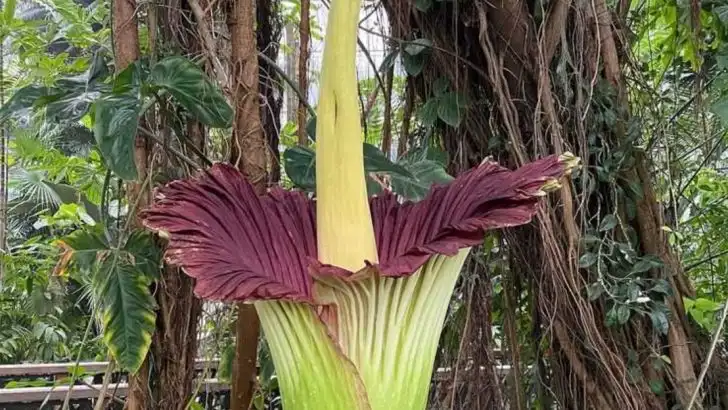We like to think we understand plants — water them, give them sunlight, and they grow. Simple, right? Not quite. Beneath their quiet, leafy surfaces, some plants display behaviors so strange and unexplainable that even top scientists are still scratching their heads.
Why do certain plants move without wind or touch? How can one species remember past events? What makes some flowers bloom at night, seemingly in sync with lunar cycles? These aren’t fantasy tales — they’re real phenomena observed in gardens, forests, and labs around the world.
In this article, we explore 17 truly baffling plant behaviors that challenge everything we thought we knew about the green world around us. Whether you’re a curious gardener or a plant lover looking for the deeper mysteries of nature, prepare to be amazed — and maybe a little unsettled.
The Dancing Plant
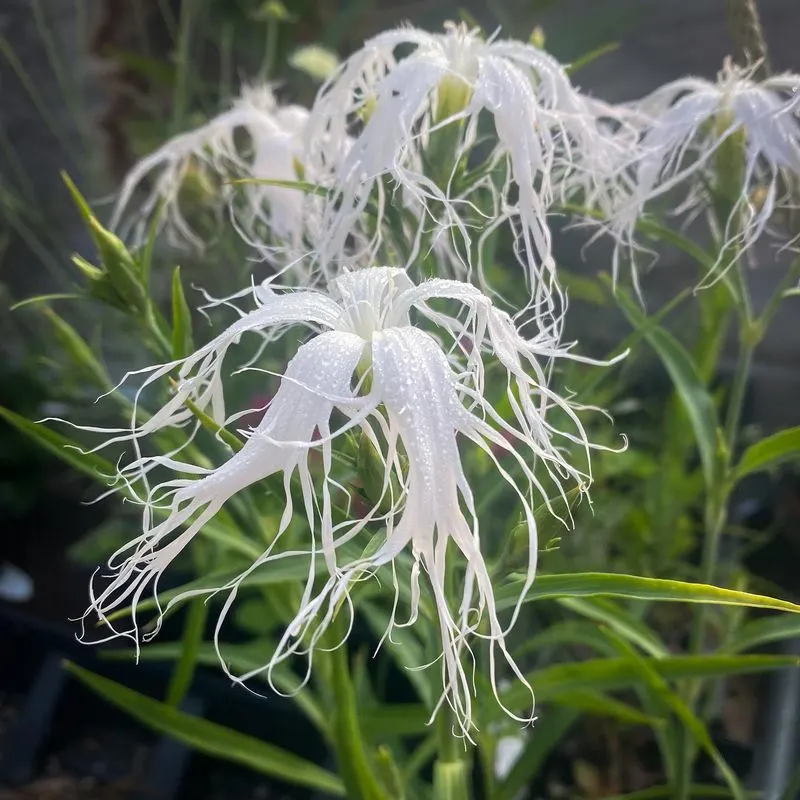
Imagine a plant that moves its leaves in a rhythmic dance, seemingly without any external cues. The Dancing Plant, or Desmodium gyrans, is famous for such captivating movements. Unlike most plants, it doesn’t rely solely on sunlight to move; its leaves twitch and twirl in fascinating patterns. Why exactly it does this is a question that continues to elude scientists. While some theories suggest it might be a response to sound, no conclusive evidence has been found. The mystery of its gentle swaying leaves captures the imagination, leaving us to wonder about its true purpose.
Venus Flytrap’s Memory
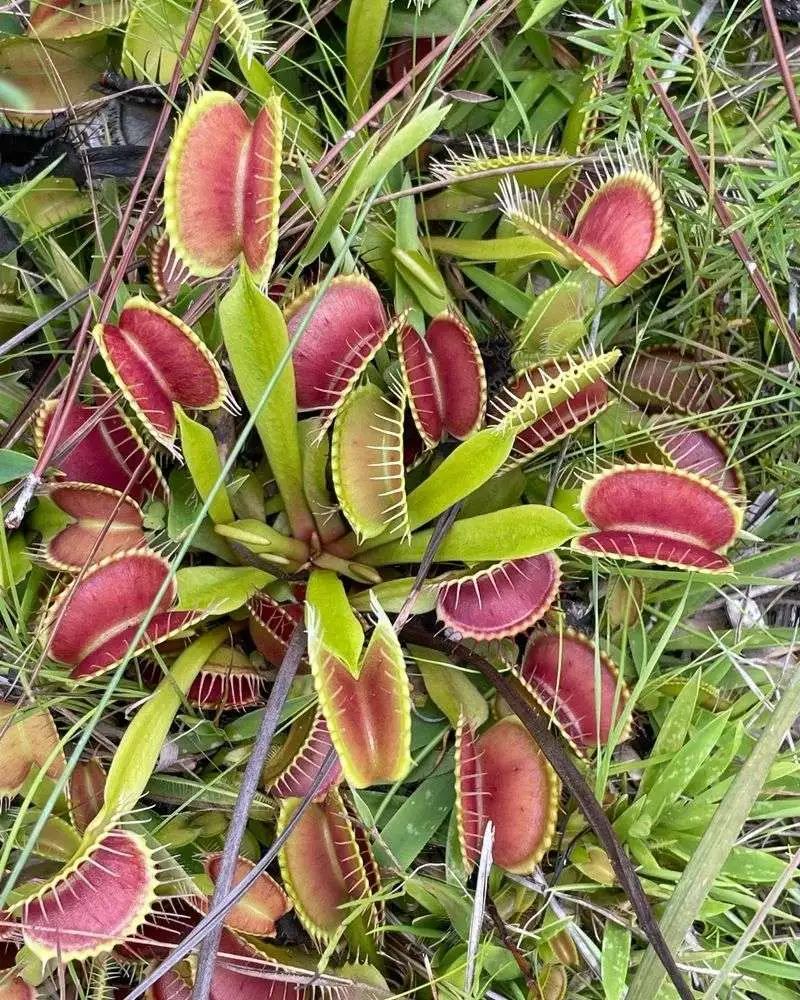
The Venus Flytrap is well-known for its carnivorous habits, but did you know it has a form of short-term memory? This intriguing trait helps the plant differentiate between real prey and false alarms. Scientists have discovered that the trap closes only after being triggered twice within a 20-second window. Despite extensive research, the mechanism behind this memory-like behavior remains a mystery. Some hypothesize it involves electrical signals, yet the complete picture is still cloudy. Such an enigmatic ability reminds us of the complex world hidden within these green machines.
Sensitive Plant’s Reaction

The Sensitive Plant, Mimosa pudica, has leaves that fold up rapidly when touched, as if shying away from contact. This dramatic reaction is one of the plant kingdom’s most mysterious phenomena. Scientists speculate it may serve as a defense mechanism against herbivores, but the exact process behind this rapid movement is still unclear. The plant’s ability to respond so quickly without a nervous system is a subject of great curiosity. Its unique behavior draws a stark contrast to the generally slow and steady world of plants.
Telegraph Plant’s Communication
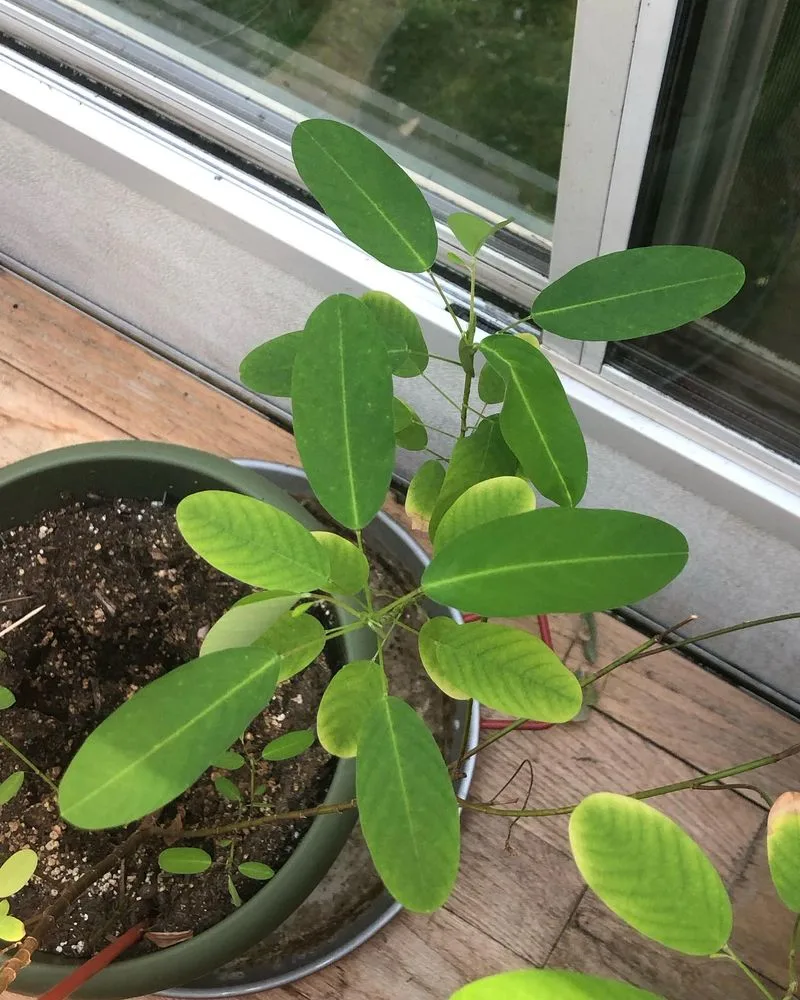
Named for its semaphore-like leaf movements, the Telegraph Plant, or Codariocalyx motorius, communicates in ways that mystify botanists. The small lateral leaflets perform constant, rhythmic motions that resemble signaling. Some suggest these motions enhance photosynthesis or deter predators. Despite these theories, the true purpose remains elusive. The plant’s seemingly intentional movements hint at a form of communication yet to be fully understood. This botanical enigma invites us to reconsider what we know about plant interactions.
Ficus’ Aerial Roots

Ficus trees are renowned for their sprawling network of aerial roots, which extend from branches to the ground. These roots enable the tree to absorb nutrients and water, but the exact trigger for their growth is not well-understood. Scientists are still puzzled by how these roots navigate through the air to find the ground. Some suggest environmental cues like humidity and light play a role, but the specifics remain speculative. The sight of these roots, reaching like fingers from above, continues to intrigue botanists and nature enthusiasts alike.
Strangler Fig’s Host Selection

The Strangler Fig is notorious for its unusual way of life, enveloping host trees and eventually overtaking them. What guides this process of host selection and growth remains shrouded in mystery. The fig begins as an epiphyte, and as it matures, sends roots to the ground, slowly wrapping around and strangling its host. Scientists are still exploring why certain trees are chosen over others. Whether it’s a strategic choice or mere chance, the fig’s behavior is a fascinating study of survival tactics in the plant world.
Dodder Plant’s Targeting Ability
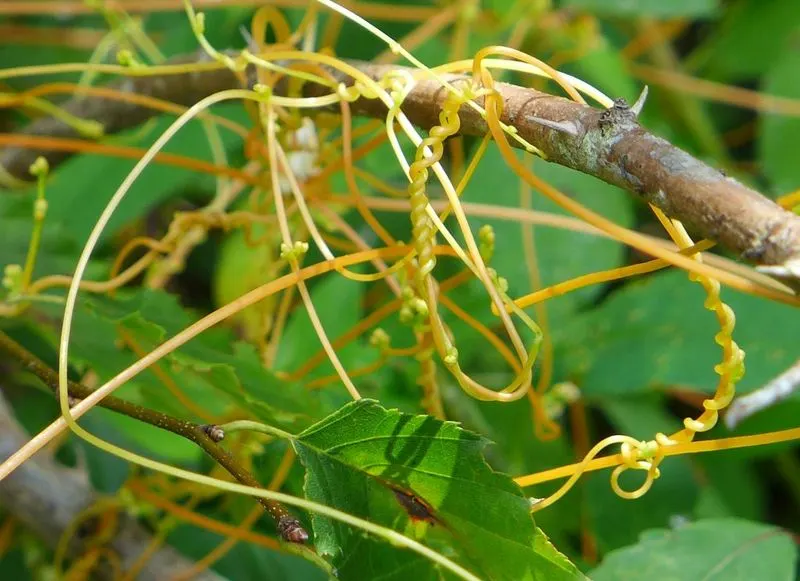
The parasitic Dodder Plant is an expert at choosing its hosts, seemingly using a keen sense of smell. Unlike typical plants, it doesn’t rely on photosynthesis; instead, it extracts nutrients from its host. Scientists discovered that it can distinguish between potential hosts by detecting chemical signals, but how it accomplishes this feat is still under investigation. This peculiar plant showcases a form of targeting behavior that blurs the line between plant and animal-like senses. Its predatory strategy is a captivating mystery of the botanical world.
Sunflower’s Tracking

Sunflowers are famous for their heliotropic movements, following the sun from east to west during the day. This behavior not only maximizes sunlight exposure but also warms the flowers, attracting pollinators. Despite its apparent purpose, the exact mechanism behind this motion remains a topic of scientific inquiry. Recent studies suggest it involves a complex interplay of growth hormones and internal clocks. Yet, many aspects of this daily dance are still not fully understood. The sight of sunflowers turning their heads with the sun is a beautiful, enduring enigma.
Pitcher Plant’s Luring Techniques
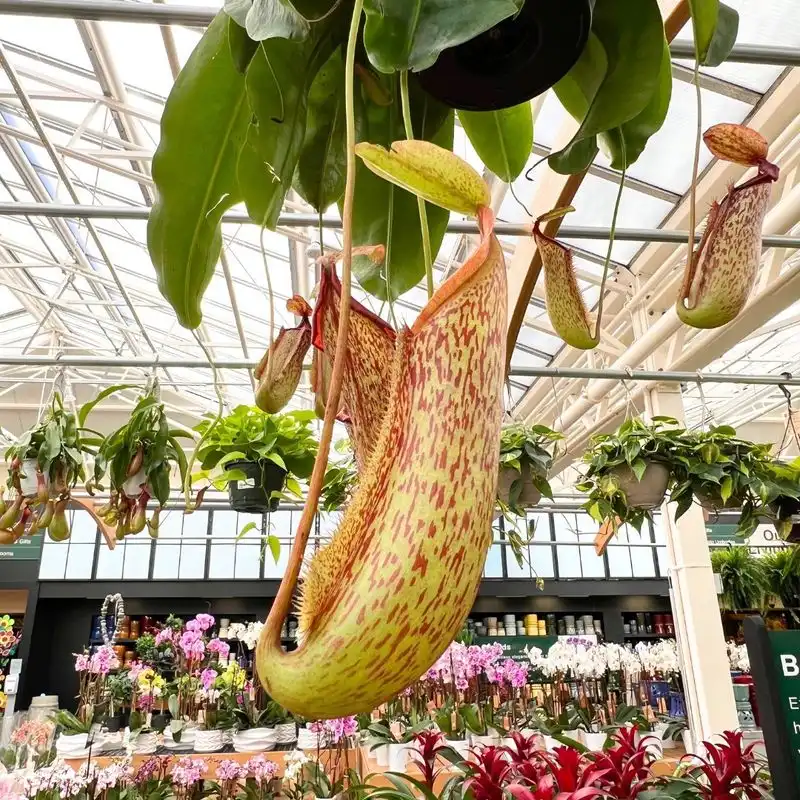
Pitcher Plants have evolved a captivating method of trapping prey, using their modified leaves as pitfall traps. These plants attract insects with nectar and vibrant colors, leading them to a slippery descent into the trap. Scientists continue to study the plant’s luring techniques, which appear to be more complex than simple attraction. Some species even emit UV light to lure insects. The intricacies of how these strategies evolve remain largely unknown. This carnivorous plant’s cunning design offers a glimpse into the hidden strategies of plant survival.
Moonflower’s Night Blooming
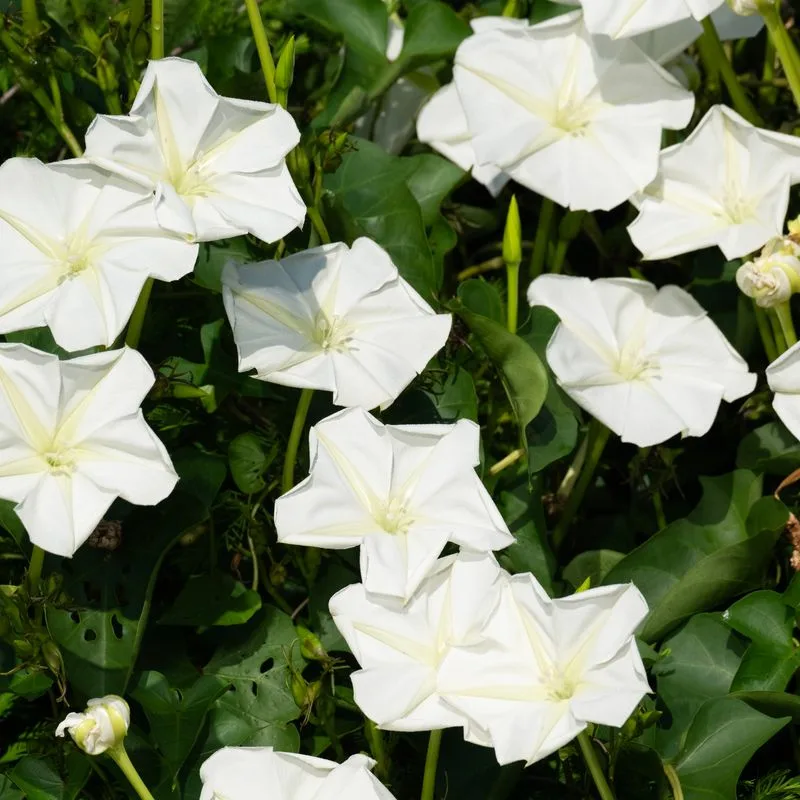
Moonflowers enchant with their nocturnal blooms, unfurling their petals under the moonlit sky. Unlike most flowers that open during the day, Moonflowers have adapted to attract nighttime pollinators like moths. The timing and trigger for this night blooming are not fully clear to scientists. Some speculate it involves temperature changes and lunar cycles, yet definitive answers remain elusive. The allure of these flowers, blooming in sync with the moon, captures the essence of nature’s unpredictability. They serve as a poignant reminder of the mysteries that bloom under the cover of night.
Resurrection Plant’s Survival
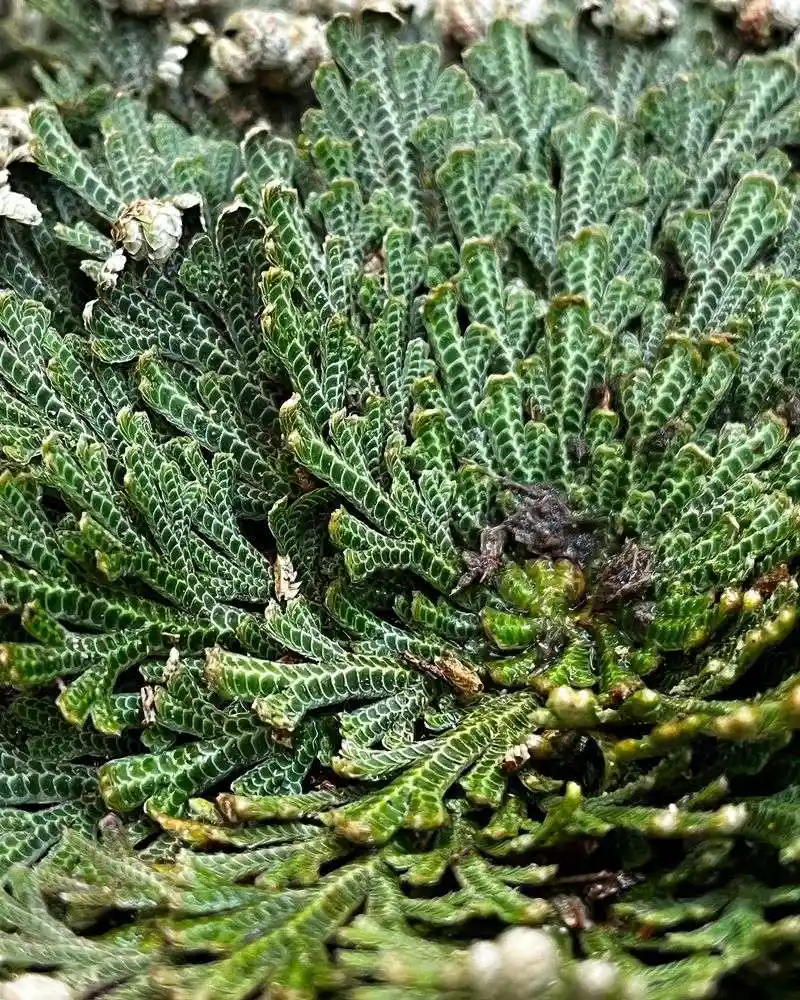
The Resurrection Plant astonishes with its ability to survive extreme dehydration, reviving with the slightest touch of water. During droughts, it curls up into a ball, appearing lifeless. Once rain arrives, it unfurls and turns green within hours. Scientists are intrigued by the plant’s unique proteins and cellular mechanisms that allow such resilience, yet the full biological process remains unclear. This plant’s remarkable adaptation to harsh environments invites admiration and curiosity in equal measure, highlighting nature’s ability to defy the odds.
Corpse Flower’s Scent
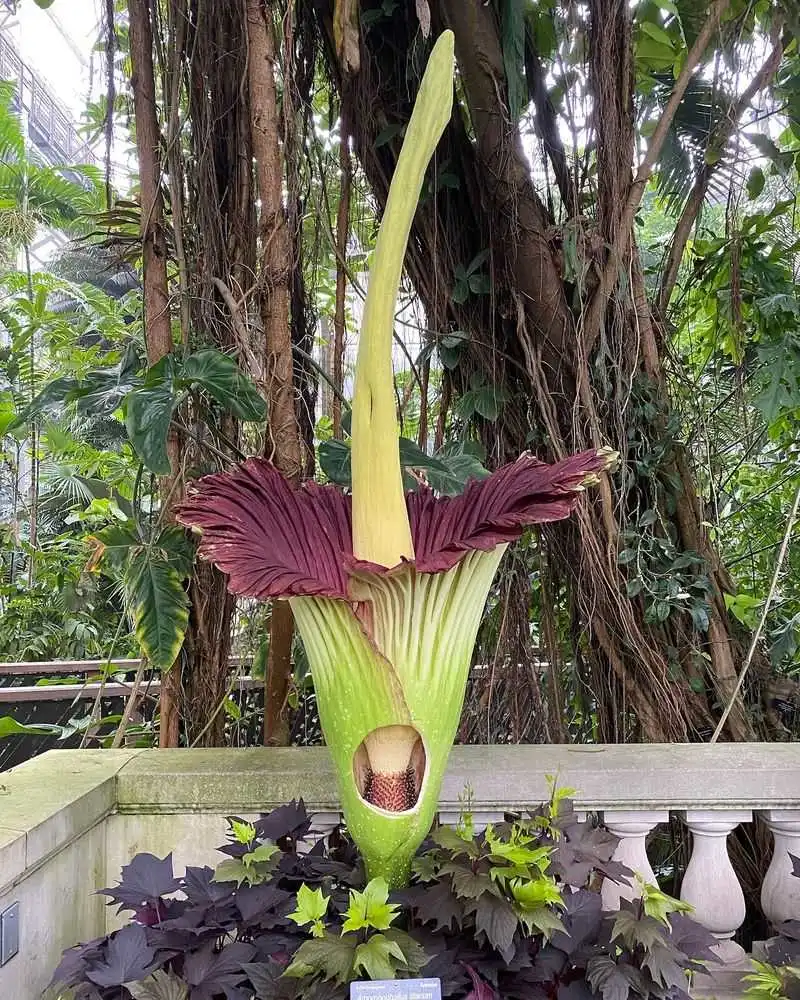
The Corpse Flower is infamous for its overwhelming odor, reminiscent of rotting flesh. This scent serves a specific purpose: to attract pollinators like carrion beetles and flies. Despite understanding its role, the exact chemical composition and production process of this pungent aroma remain partially undiscovered. The flower blooms infrequently and unpredictably, adding to its mystique. This olfactory marvel stands as a testament to the strange and unexpected strategies in the plant kingdom, where even decay can serve as a beacon for life.
Bamboo’s Rapid Growth

Bamboo is celebrated for its astonishing growth rate, shooting up to several feet in just a day. This rapid expansion is not just a feat of nature but also a botanical puzzle. Scientists study its growth patterns, which involve a combination of genetic factors and environmental conditions. Though some progress has been made, the complete understanding of bamboo’s extraordinary speed is still unfolding. This giant grass’s ability to grow so swiftly captivates both researchers and admirers, symbolizing nature’s relentless drive to reach for the sky.
Ant Plant’s Mutualism
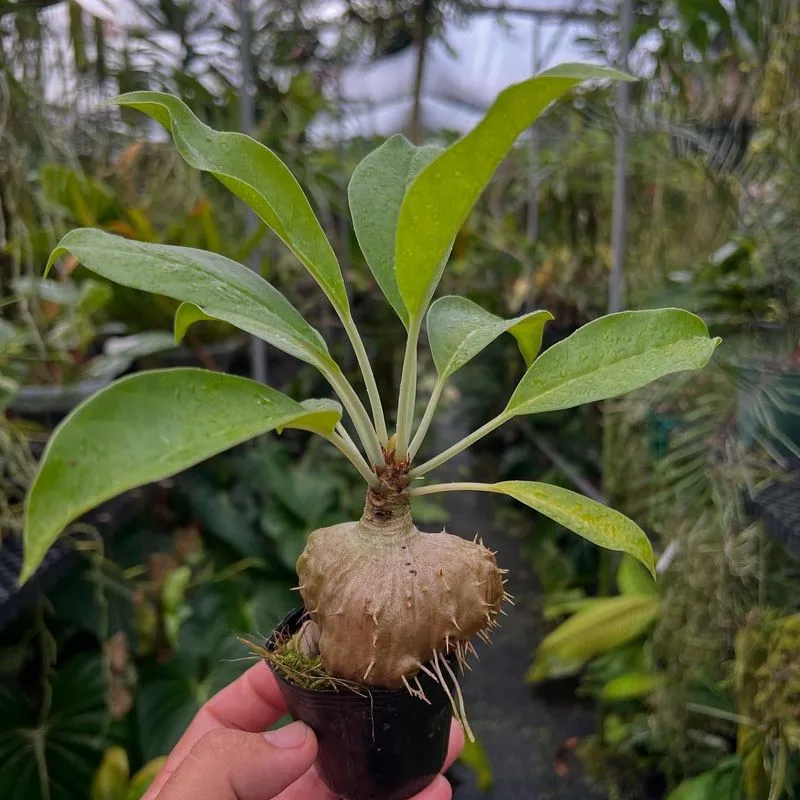
The Ant Plant forms a symbiotic relationship with ants, offering shelter in exchange for protection. These plants develop specialized structures that house ant colonies, creating a mutualistic bond. While the benefits are clear, how this relationship originated and evolved is still not fully understood. Some researchers suggest a long co-evolutionary history, yet the specifics of this intricate partnership remain largely speculative. The Ant Plant’s unique alliance with ants offers a window into the complex networks of cooperation that thrive in the natural world.
Ghost Orchid’s Elusiveness
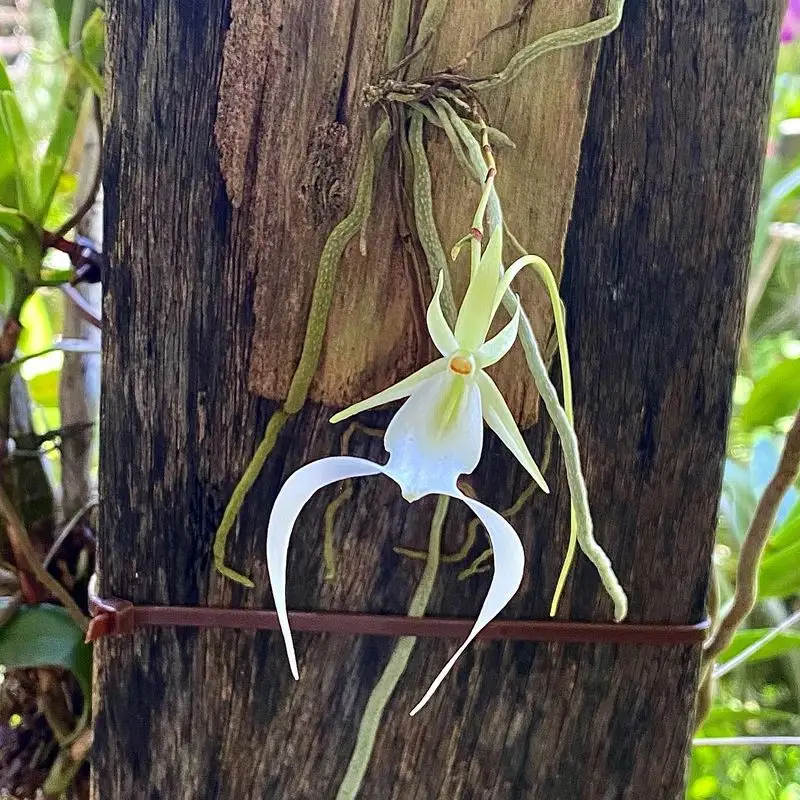
The Ghost Orchid, with its otherworldly appearance, is famed for its rarity and elusive nature. Found in swampy forests, it lacks leaves and relies on a symbiotic fungus for nutrients. Its flowers, which seem to hover in midair, bloom unpredictably, baffling botanists. The orchid’s survival strategy and pollination methods are subjects of ongoing research, with many details still hidden in mystery. This ethereal plant captivates with its ghostly charm, symbolizing the enigma and allure of nature’s rarest gems.
Eucalyptus’ Flammable Oil
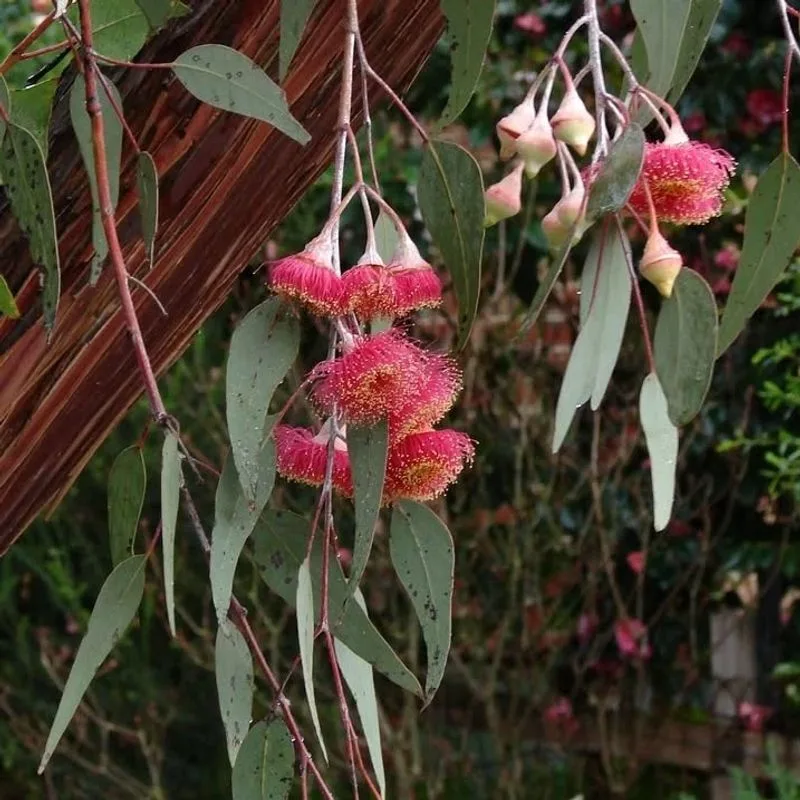
Eucalyptus trees produce a highly flammable oil, raising questions about the evolutionary advantage of such a trait. While it poses a fire risk, some theories propose that occasional fires help recycle nutrients and reduce competition. The exact evolutionary pathway and benefits of this flammable nature are not entirely clear. This paradoxical trait highlights the complex relationship between plants and fire, where destruction and renewal often go hand in hand. Eucalyptus stands as a fiery enigma in the botanical world, sparking intrigue and investigation.

